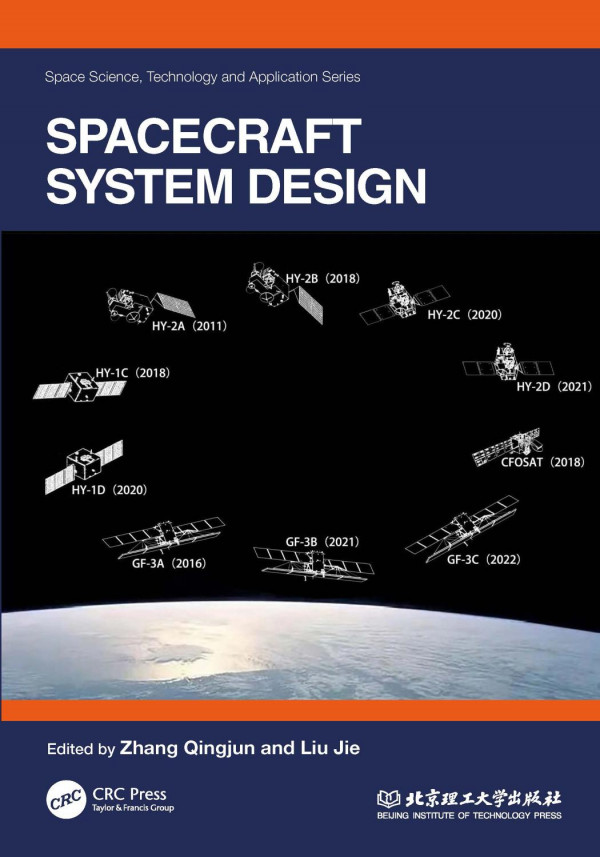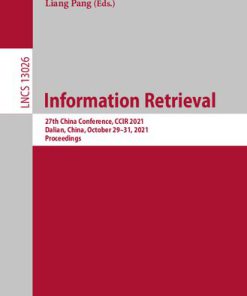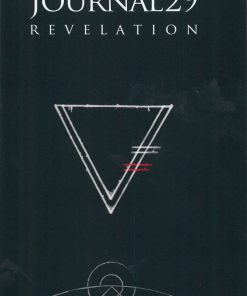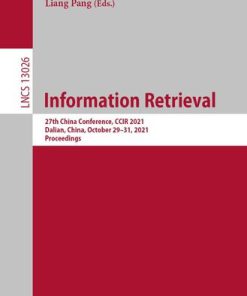Spacecraft System Design Space Science Technology and Application Series 1st Edition by Zhang Qingjun, Liu Jie ISBN 1032453923 9781032453927
$50.00 Original price was: $50.00.$25.00Current price is: $25.00.
Spacecraft System Design Space Science Technology and Application Series 1st Edition by Zhang Qingjun, Liu Jie – Ebook PDF Instant Download/Delivery: 1032453923 ,9781032453927
Full download Spacecraft System Design Space Science Technology and Application Series 1st Edition after payment

Product details:
ISBN 10: 1032453923
ISBN 13: 9781032453927
Author: Zhang Qingjun, Liu Jie
Drawing on practical engineering experience and latest achievements of space technology in China, this title investigates spacecraft system design and introduces several design methods based on the model development process.
A well-established space engineering system with spacecraft as the core is integral to spaceflight activities and missions of entering, exploring, developing and utilizing outer space. This book expounds the key phases in the workflow of spacecraft development, including task analysis, overall plan design, external interface, configuration and assembly design and experimental verification. Subsystems that function as the nuclei of spacecraft design and important aspects in the model development process are then examined, such as orbit design, environmental influence factors, reliability design, dynamics analysis, etc. In addition, it also discusses the digital environment and methods to improve the efficiency of system design.
The title will appeal to researchers, students, and especially professionals interested in spacecraft system design and space engineering.
Spacecraft System Design Space Science Technology and Application Series 1st Edition Table of contents:
Chapter 1: Fundamentals of Spacecraft System Design
- 1.1 Overview of Spacecraft Systems
- 1.2 Key Principles in Spacecraft Design
- 1.3 Types of Spacecraft and Their Applications
- 1.4 Design Process and Phases of Spacecraft Development
- 1.5 Interdisciplinary Nature of Spacecraft Design
Chapter 2: Spacecraft Configuration and Subsystems
- 2.1 Spacecraft Configuration Design
- 2.2 Propulsion Systems
- 2.3 Power Generation and Distribution
- 2.4 Thermal Control Systems
- 2.5 Communications and Data Handling
- 2.6 Structural Design and Materials
- 2.7 Payload and Mission Equipment
Chapter 3: Mission and Performance Requirements
- 3.1 Defining Mission Objectives
- 3.2 Mission Analysis and Requirements
- 3.3 Performance Metrics for Spacecraft Systems
- 3.4 Orbital Mechanics and Trajectory Design
- 3.5 Environmental Factors: Radiation, Vacuum, and Microgravity
Chapter 4: Spacecraft Design Process
- 4.1 Conceptual Design and Preliminary Design
- 4.2 Detailed Design and System Integration
- 4.3 Prototyping and Testing
- 4.4 Verification and Validation of Systems
- 4.5 Design Review and Risk Management
Chapter 5: Spacecraft Power Systems
- 5.1 Power Generation: Solar Panels vs. Nuclear Systems
- 5.2 Power Storage: Batteries and Fuel Cells
- 5.3 Power Distribution and Regulation
- 5.4 Redundancy and Reliability in Power Systems
- 5.5 Case Studies of Power Systems in Spacecraft
Chapter 6: Spacecraft Propulsion Systems
- 6.1 Types of Propulsion: Chemical vs. Electric
- 6.2 Propellant Selection and Efficiency
- 6.3 Thrust and Specific Impulse
- 6.4 Propulsion Systems for Different Mission Profiles
- 6.5 Advanced Propulsion Technologies and Future Trends
Chapter 7: Spacecraft Thermal Systems
- 7.1 Heat Transfer in Spacecraft
- 7.2 Thermal Management Systems: Passive and Active
- 7.3 Thermal Protection Materials
- 7.4 Temperature Control in Extreme Environments
- 7.5 Case Studies of Thermal Systems in Space Missions
Chapter 8: Spacecraft Communications and Data Systems
- 8.1 Communication Systems in Spacecraft
- 8.2 Telemetry and Data Handling Systems
- 8.3 Antenna Design and Signal Processing
- 8.4 Data Storage and Transmission Techniques
- 8.5 Case Studies of Communication Systems
Chapter 9: Structural Design and Materials for Spacecraft
- 9.1 Structural Integrity and Load Distribution
- 9.2 Materials for Spacecraft Construction
- 9.3 Lightweight and High-Strength Materials
- 9.4 Vibration and Shock Absorption Systems
- 9.5 Impact of Microgravity on Structural Design
Chapter 10: Spacecraft Control and Guidance Systems
- 10.1 Spacecraft Attitude and Orientation Control
- 10.2 Reaction Control Systems (RCS)
- 10.3 Navigation and Guidance Algorithms
- 10.4 Autonomous Spacecraft and Artificial Intelligence
- 10.5 Gyroscopes, Accelerometers, and Sensors
Chapter 11: Spacecraft Testing and Verification
- 11.1 Testing Procedures for Spacecraft Systems
- 11.2 Vibration, Thermal, and Vacuum Testing
- 11.3 Simulations and Virtual Prototyping
- 11.4 Mission Validation and Fault Detection
- 11.5 Lessons Learned from Spacecraft Testing
Chapter 12: Future Trends in Spacecraft Design
- 12.1 Emerging Technologies in Spacecraft Design
- 12.2 Autonomous and AI-Driven Spacecraft
- 12.3 CubeSats and Small Satellite Missions
- 12.4 Spacecraft for Deep Space Exploration
- 12.5 Sustainability and Green Technologies in Spacecraft
People also search for Spacecraft System Design Space Science Technology and Application Series 1st Edition:
design and development of spacecraft satellites and propulsion system
spacecraft propulsion system design
spacecraft power system design
spacecraft design and system engineering epfl
Tags:
Zhang Qingjun,Liu Jie,Spacecraft System Design,Space Science,Technology,Application
You may also like…
Fiction - Literary Fiction
29 Single and Nigerian INCOMPLETE First Edition Naijasinglegirl
Computers - Computer Science
Romance - Contemporary Romance
Dirty Little Secret (Forbidden Fantasies #29) 1st Edition S.E. Law
Romance - Erotic Romance
Black Light Disciplined Black Light Series Book 29 1st Edition Livia Grant
Housekeeping & Leisure - Activity & Game Books
Journal 29 Revelation Interactive Book Game Dimitris Chassapakis
Romance - Erotic Romance
Black Light Disciplined Black Light Series Book 29 1st Edition Livia Grant
Relationships & Lifestyle - Diet & Nutrition
Nutritional Science and Technology Concept to Application 1st Edition Tejpal Dhewa
Romance - Contemporary Romance
Love and Candy Canes Ice Cream Shop Series Book 29 1st Edition by MK Moore ISBN B07RKM9179
Computers - Computer Science











